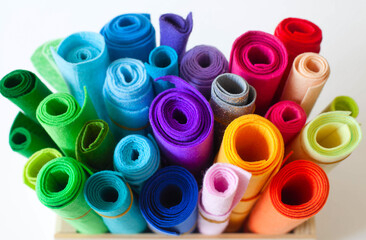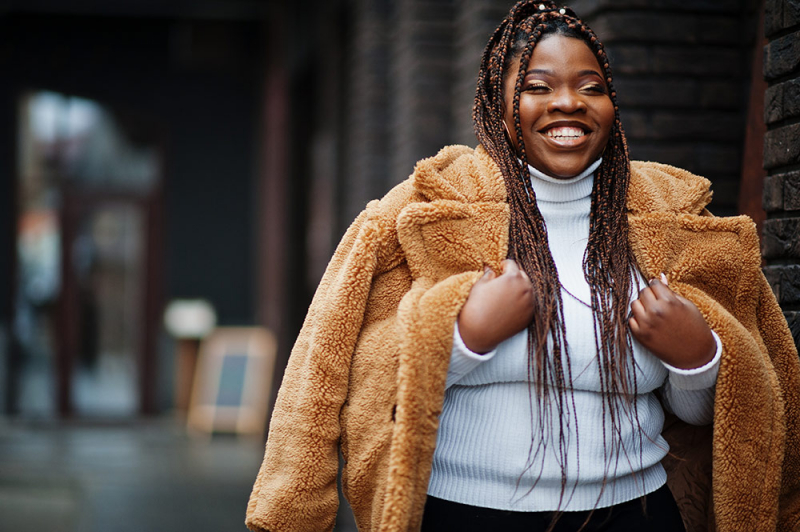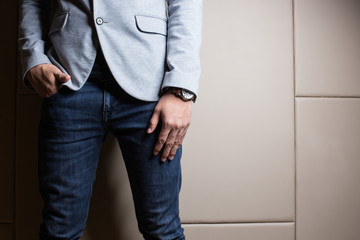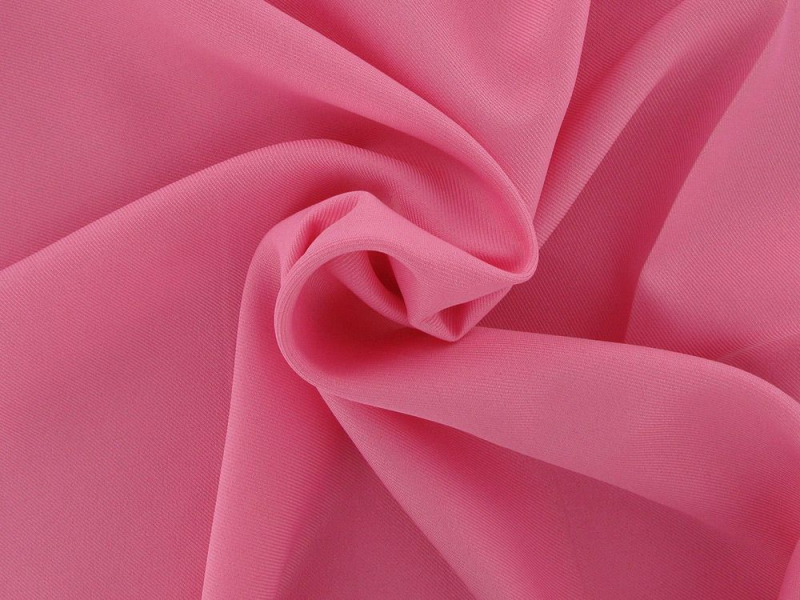- Home
- Dalston Mill Fabrics Blog
- Fabric Focus
- All You Need to Know About Corduroy
All You Need to Know About Corduroy
Fashion tends to cycle, and those in the know believe that if you hang onto a garment for long enough, it will become an on-trend item once again. Corduroy is one such material that enjoyed many years at the top of the fashion charts, especially in the 1970s.
As a result, many people still love this fabric, but what are the origins of corduroy, and why is it so popular?
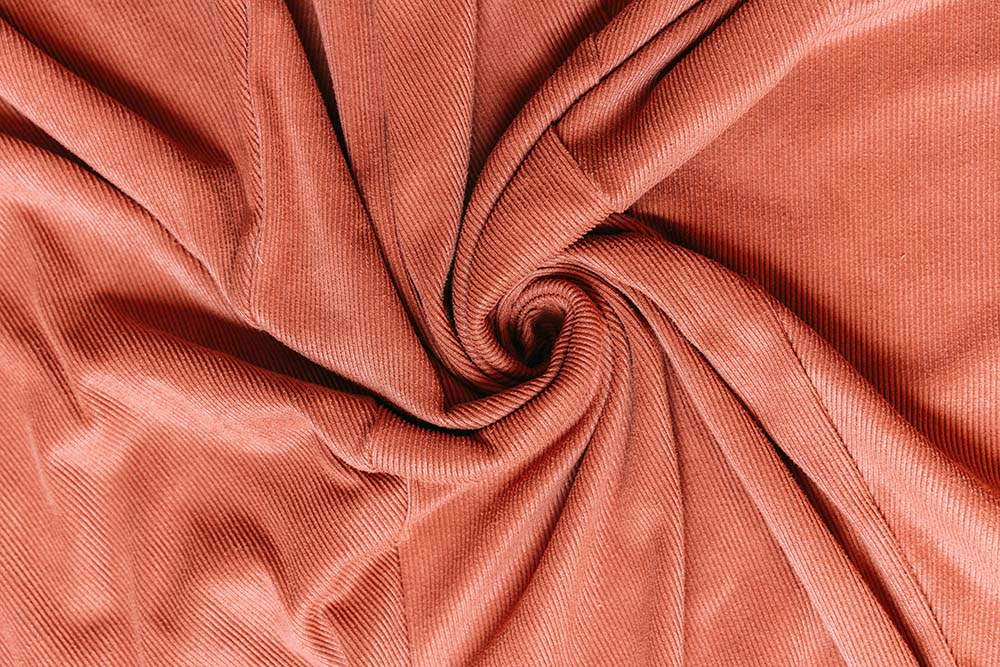
What is corduroy?
Corduroy is instantly recognisable for its distinctive ridges, also known as wales. The fabric is created using three yarns that are woven together. The formation of the weave creates the ridges, and these vary in width. For example, higher wales will create thinner ridges, more closely packed together. In contrast, lower wales make thicker ridges.
This versatile material is known for durability, making it the perfect fabric for all sorts of clothing, including rugged workwear. It is also appealing to a wide range of designers because the width of the ridges can be varied, and the colourways are endless.
Traditionally, corduroy fabric is woven from cotton. However, it has also successfully been produced using cotton-polyester blends over the years. Wool has also been used, but this creates a subtle and less obvious ridge pattern. As a result, corduroy fabric has many different names, including pin cord, Manchester cloth, corded velveteen and elephant cord.
A quick history of corduroy fabric
Corduroy has a fascinating history that can be traced back to around 200 AD when fustian, a material used by the Egyptians, is thought to have been its earliest ancestor. Modern corduroy was developed in the UK during the 18th century. However, no one is entirely sure of the name origin. Some suggest it came from the French phrase Corde Du Roi, which translates to the king’s cord. It is believed it was considered a material only to be worn by nobility and courtiers. Others think that it came simply from the surname Corderoy, as a result from someone who was involved in the early manufacture. In the 1700s, it was incredibly popular as a clothing fabric but was no longer for the rich, as velvet had surpassed it.
It left popularity for many years. However, in the 1970s, people suddenly could not get enough of this fabric. Its versatility gave it several uses, from workwear to popular bohemian and disco fashion trends. At this time, the range of unique colours and styles took the world by storm. One of the techniques developed for dyeing gave the fabric an uneven, faded, and aged look, which was a massive hit due to its unique appeal.
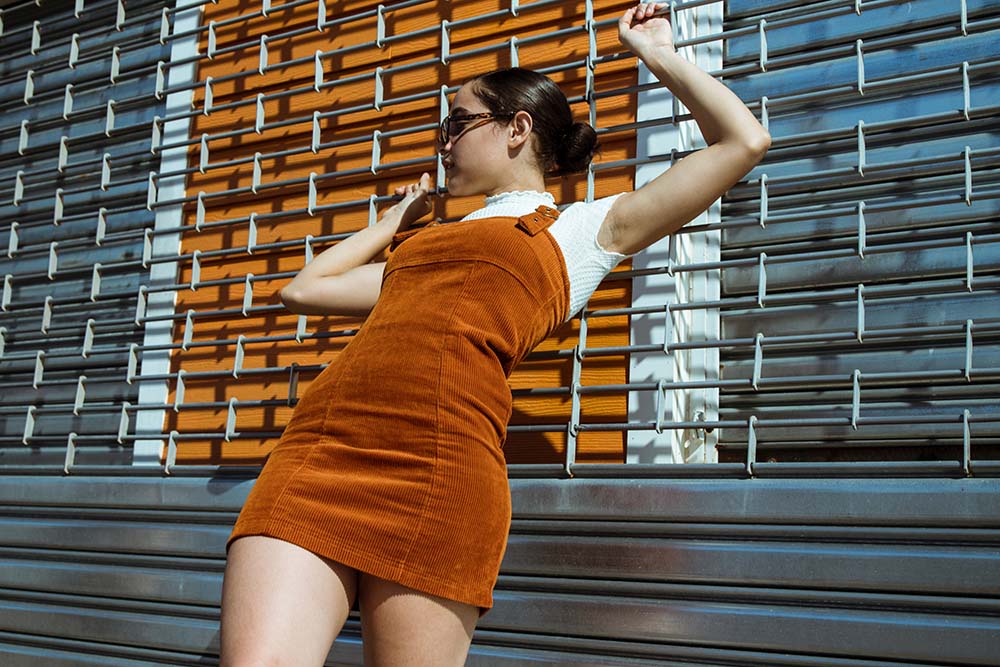
How is corduroy used?
Today corduroy is widely used in garment making, and a classic piece would be children’s dungarees. In women’s fashion, it often features in skirts. In both men’s and women’s ranges, corduroy is used in heavy-duty work trousers. It is a thick material that offers warmth, durability and texture, so it would most commonly feature in autumn/winter collections.
We have also come full circle regarding the materials used to make the fabric. Due to sustainability concerns and the popularity of the eco-movement, people are now keen to see natural materials used. So the most requested materials are cotton and wool, with polyester taking a back seat.
The second most popular use of the fabric is on furniture, primarily sofas and chairs. Again, this is down to the durability combined with corduroy’s softer silky feel. You will also find home decor and soft furnishings made with different types of corduroy.
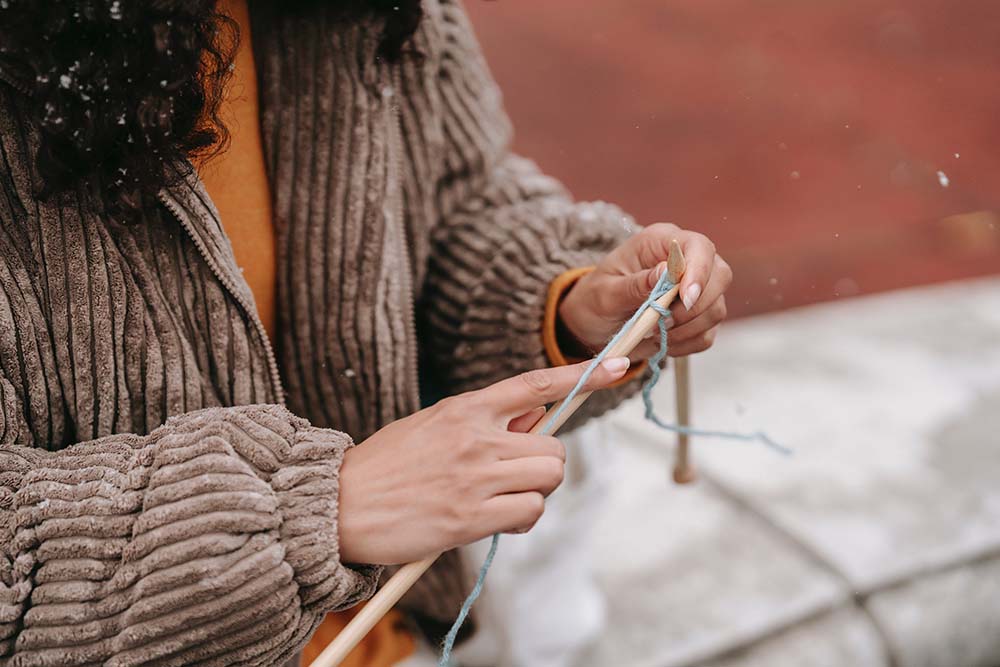
Different types of corduroy fabric
There are different types of corduroy. Each varies in wales and has a distinct look. The most common include:
- Standard: 8-13 wales per inch, standard size ridges
- Elephant: 1.5-6 wales per inch, very thick ridges
- Pinwale: 21 wales per inch, very tiny dense ridges
- Pigment-dyed: mottled finish that changes with washing
- Spandex corduroy: a blend of any traditional materials combined with spandex for a stretchy finish
- Bedford cord: Made in the US - not strictly corduroy but a copy that does not cut pile yarns, so ridges are less raised.
How to wash corduroy
You should always refer to the washing labels on your clothing, but corduroy can be machine-washed using cold cycles in most cases. Hot water will shrink the garment. Plus, some corduroy will be dry clean only. Excess tumble-drying should be avoided, but ten minutes can help remove creases. Once dry, it should not require ironing. However, if it does, always iron inside out and never on the finished side to avoid ruining the fabric.
Your next corduroy sewing project
Corduroy is a fantastic fabric to work with. So there’s an opportunity to create a wide range of items, including clothing, upholstery, bags and interior accessories. If you’re looking for corduroy for your next project, we stock a selection of colours and styles, including micro wales to giant wales.
Browse our corduroy fabric here or contact us for more information about any of our products.

















